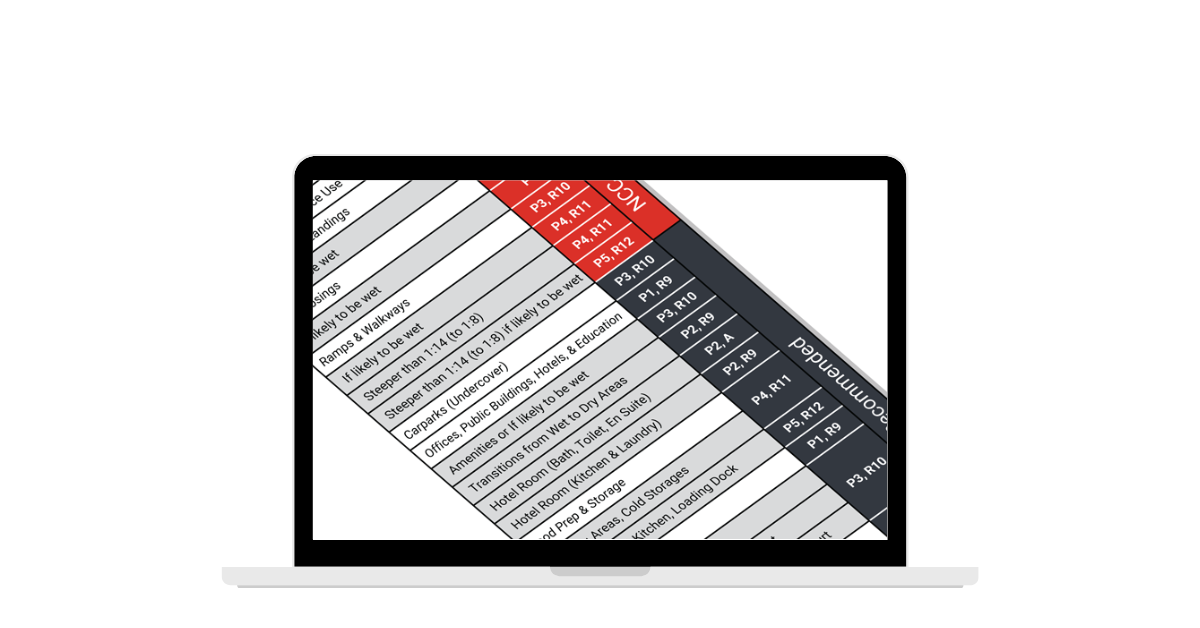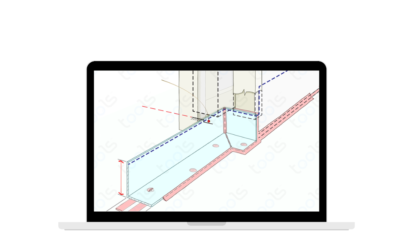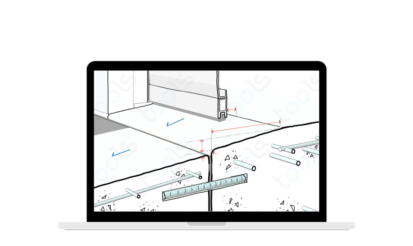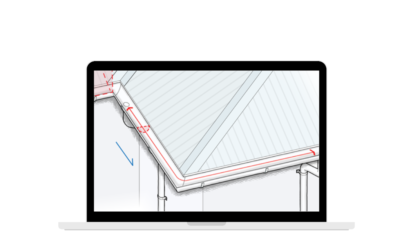Access/Accessibility/Ramps & Walkways
Picture this: your loved one, who has been happily living in an accessible and well-designed home, steps into the bathroom only to slip on the tiles and break her hip. A scenario like this is every family’s nightmare, and it underscores the importance of slip resistance in our living spaces.
In the realm of construction and building regulations, slip resistance might not always be top of mind, but it is, without a doubt, one of the cornerstones of ensuring the safety and well-being of our loved ones. Whether it’s in the context of accessible living housing, compliance with SDA (Specialist Disability Accommodation) standards, or adherence to AS 1428.1 rules, the prevention of slips and falls should be a core obligation for any responsible builder or regulator.
So, what exactly do we mean by slip resistance, and why is it so critical?
First and foremost, every floor surface should be slip-resistant. It’s as simple as that. The moment you step into a building, you should feel confident that your footing is secure, no matter the type of flooring.
Moreover, surfaces that are likely to get wet, such as bathroom floors, should have increased slip resistance. Water and soap can turn an ordinary surface into a potential hazard, and we must take measures to prevent it.
But slip resistance doesn’t stop at floors. Grates, cover plates, and even tactile indicators should also be designed with slip resistance in mind. These seemingly small details can make a world of difference in preventing accidents.
To make things even more straightforward, products themselves should come with clear indications of their slip resistance. It should be printed or labelled prominently so that consumers and builders can easily make informed choices.
Additionally, products that are easy to clean should be a priority. Maintenance is a crucial aspect of keeping slip resistance intact over time. If a surface or product is difficult to clean, it can become a slip risk as dirt and grime build up.
Incorporating these principles into our construction and design practices can save lives, prevent injuries, and create safer environments for everyone. After all, what’s the point of having beautiful, accessible living spaces if they’re not safe?
To simplify and reinforce these essential principles, Tools™ offers an innovative solution. By transforming the National Construction Codes (NCC) into interactive, user-friendly graphics and incorporating deemed-to-comply and best practice information where relevant, Tools™ helps prevent costly mistakes and maximises efficiency in the construction industry. It’s a step in the right direction to ensure that slip resistance, and many other safety aspects, are not overlooked in building projects.
Let’s not overlook the significance of slip resistance in our daily lives. It’s a fundamental element of safe living and should be a top priority in every construction project. By following these simple guidelines, we can make our homes and public spaces not only accessible but also genuinely safe for all.

 2 min read
2 min read  24 May 2024
24 May 2024 






